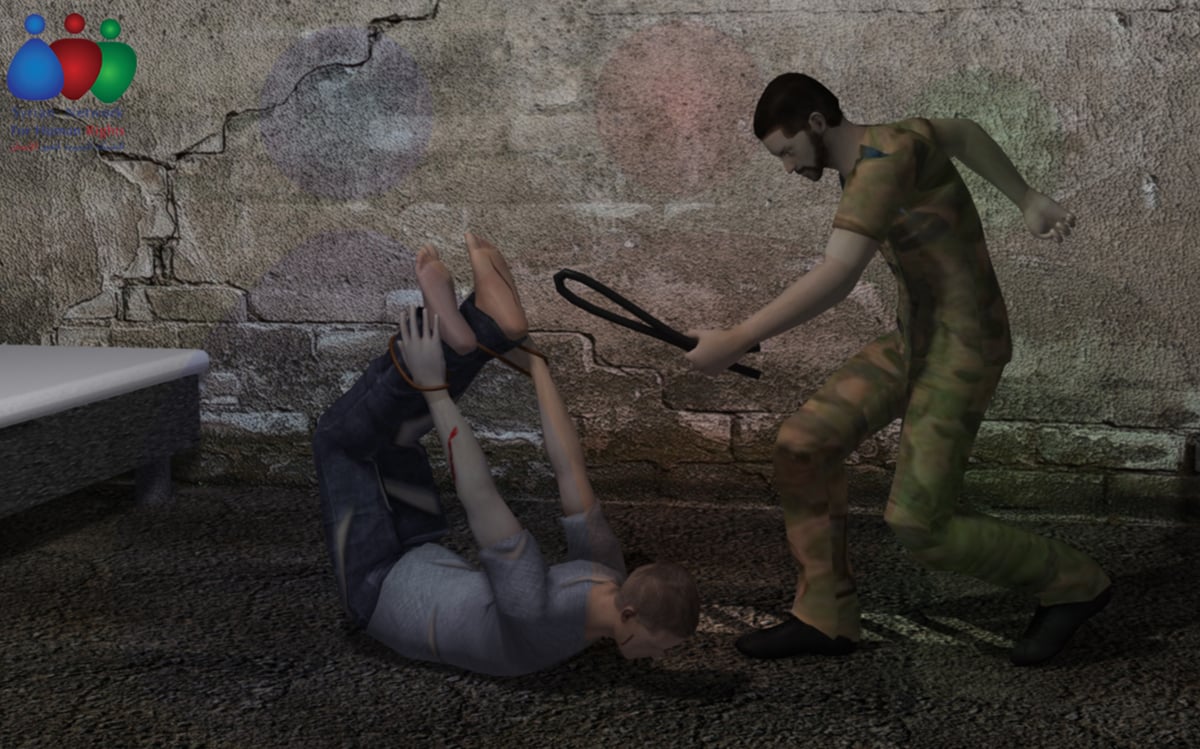
Languages
Available In
5514 victims have been documented including 95 children and 32 women from the beginning of the Syrian revolution until the end of October.
Methodology
Since 2011, the Syrian regime haven’t recognized any arrests and, instead, it accuses Qaeda, terrorist groups, and ISIS for it. In addition, it does not recognize any torture acts or death under torture. We get out information from previous detainees or from the prisoners’ families, who, in turn, get information about their relatives by paying bribes to governmental administrators.
We, in SNHR, rely on the families’ stories as sources. Also, we point out always that in many cases the family didn’t get the dead body. Additionally, most of the time, the families fear going to ask for the dead bodies or belongings of their beloved ones at the military hospitals as they might get arrested themselves.
Thus, SNHR encounters many problems during the documentation process in light of the imposed ban and the consistent pursuit of its members. Under these conditions, it is difficult to confirm the accurate number of victims who died under torture while the documentations and investigation are still ongoing. The cases remains open even though we relied on the families’ testimonies.
Executive Summary
SNHR accuses governmental forces of perpetrating the crime of torture to death inside its official and non-official detention centers. No less than 118 people died under torture in October 2014. The ongoing documented cases of death-under-torture since 2011 indicates explicitly the systematic violence and the excessive force used by the Syrian regime against detainees.
Homs had the highest number of victims who died under torture with 24 victims. Other victims who died under torture in October are as follows:
22 from Damascus countryside, 20 from Hama, 11 from Damascus, 11 from Deir az-Zor, 10 from Deraa, nine from Aleppo, five from Idlib, three from Quneitera, two from Lattakia, and one from Tartus.
//


